What’s low buy? It is when you actively avoid buying anything new to help you achieve your goals. Maybe it’s saving money or paying off debt. Or decluttering your home and not bringing anything new in. Perhaps you want to lessen your environmental impact with what you choose to buy. For me, a low buy year is meant to do all three.
RELATED: 30-Day No-Spend Challenge
I think a “low buy year” is a great precursor to a “no buy year”. Or just a great way to reduce your consumption. With a low buy year, the idea is to purchase as few unnecessary items as possible, but there are no restrictions on what you can buy. You can set certain rules for yourself, such as “I will purchase X items of clothing”, but the idea is to reduce your number of purchases. With a no-buy year, you don’t purchase anything outside of your pre-approved items.
One of the intentions I set for myself for 2024 was to continue with the low buy year. My intention for a low buy year started during the pandemic, which made me realise that I didn’t need much to live well and that I already had more than enough.
RELATED: The 50/30/20 Spending Plan
I started my decluttering and simplifying journey back in 2018, and since then, I have parted ways with about 90% of my overall belongings. I still declutter regularly to keep on top of things, and I have the mindset to only keep things I love and use and that add value to my life. This does not mean that I don’t buy new things; I do, but now I buy quality pieces that will last me rather than the cheap stuff I once bought (as that’s all I could afford at the time).

In today’s post, I want to share how to plan a low buy / no buy year to make a life of ease and contentment.
Identify your Reasons
WHY do you want to do a low buy/no buy year?
Identifying a reason/s for your low buy year will be one of the most important things that you do. These reasons will be the things that you refer back to when you’re feeling tempted to purchase something that you don’t need.
For example, I’ve identified 5 reasons why I want to do a low buy year:
- Focus on things that add value to my day-to-day life
- Save money for my future
- Sustainability / reduce consumption
- Find contentment with what I own
- Make the most with what I have

Practice gratitude
One big thing about doing a low buy experiment is practicing gratitude. After a few weeks of not really purchasing anything you don’t need, you’ll find that you are more and more grateful for your favourite things (people included).
So, every day, write down the top three things you are grateful for. This could be done in your planner or a specific notebook. However you choose to do this, you can go back in a year and look at all the great things that happened and be grateful all over again. The people in your life could also use a word of appreciation.

Actually use your things that you already own
There is such a simple joy in using things up. A big part of a low buy year is using things that you already have – and using them up!
So all of those half-used shower gels, tubes of lotion, bottles of paint – can (and should) get used up during a low buy year. Not only will you buy fewer things by doing this, you’ll also save a good amount of money.
This applies to your clothing, hobby items, food, and just about everything you already own. Maybe it looks like using things for their intended purpose. It could also mean that you repurpose something to serve you better.

Shop your home before you shop anywhere
I am a big believer in using what you have before you buy anything. Before going out to buy something, I’ll ALWAYS shop in my Home and surprisingly, most of the time, I’ll either find what I need or I’ll realise that I don’t need that thing anyway. Shopping in your own home is a powerful tool in doing a low buy year. You can shop in your home by:
- First, write down what you think you want/need
- Get everything out of that category, like home décor, clothing, etc.
- Declutter
- Organise
- Use what you have
- Create a list of things that are missing that you still need, and only then buy them
- Rotate your items so things stay so you can shop your home regularly when you feel like buying something new

Remove things that steal your joy
If you’re surrounded by things that you don’t like, then remove them. If you hate shoving 20 mugs into your cabinet, then get rid of some. Don’t like taking care of 5 plants? Get rid of 3. Find new homes for your unwanted items and move on.
Keeping items that steal your time and joy is not beneficial. They clutter your home, take up your valuable time, and just get in the way.

Keep a “wish list” of items you would like to buy
If you really want to buy something that isn’t necessarily a need but rather a want, write it down and save it for later. I do this quite frequently on Amazon. I’ll add things to my “for later” list… and forget about them.
That’s the magic of putting things on a list and waiting. Often, you’ll find that you forget about them completely. If you had made that impulsive purchase, would you still be satisfied with it? Probably not.
Adding wants to a list and then waiting a few days will help you stick to your low buy goals and ultimately help you save money.

Outline the Items You’re Allowed to Buy
This applies more to a no-buy year. Thinking ahead of the things that you might need, make a list of allowed purchases. If you anticipate needing a new swimsuit for the summer, write it down.
This step can also be useful for a low buy year, with the caveat that you are allowed to purchase outside of this list if the need arises.
Even if you aren’t doing a low buy/no buy year, writing down a list of purchases for the year is a great way to be a more intentional consumer and reset consumerist behaviours.
Here is my personal list of items I anticipate, as an example:
- Replacements – toiletry items have to run out completely before repurchasing
- Consumables
- Travels & Experiences
- Gifts (to and from)
- Things that will help me make my day-to-day life easy
- A souvenir item from any trip that I take

Outline the Items You’re Not Allowed to Buy
Similar to the above, list which items you are not allowed to purchase.
If I were doing a no-buy, this would be my list:
- Jewellery
- Accessories
- Makeup, hair and nail products that are not replacements
- Housewares or furniture
- Appliances that I won’t use regularly

I highly recommend decluttering when you start your low-buy journey. While getting rid of things seems counterintuitive, you’ll be much happier knowing everything you own and owning less. Of course, don’t get rid of things that you actually use! That would defeat the purpose.


Feel free to sign up to my Friday Morning Love Note HERE! This isn’t just a newsletter - it’s your invitation to pause, reflect, and realign with you. Every week, we’ll journey together to uncover the small, meaningful shifts that will help you design a life that feels uniquely and beautifully yours. Each week, I’ll deliver fresh intentions, uplifting tips, and simple shifts to inspire purposeful, creative living.

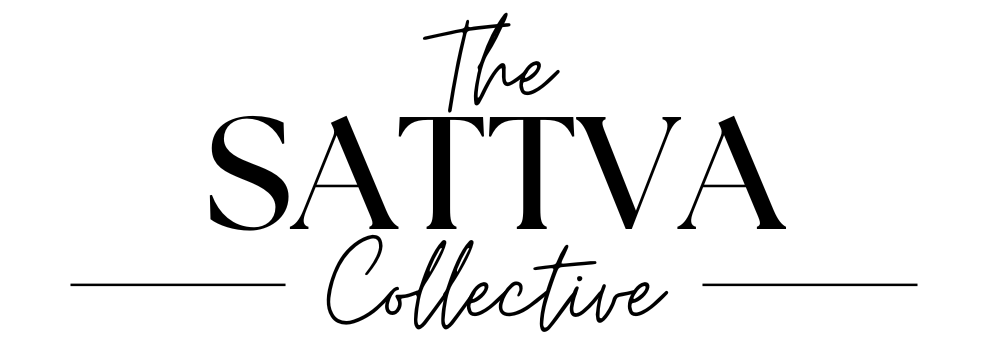
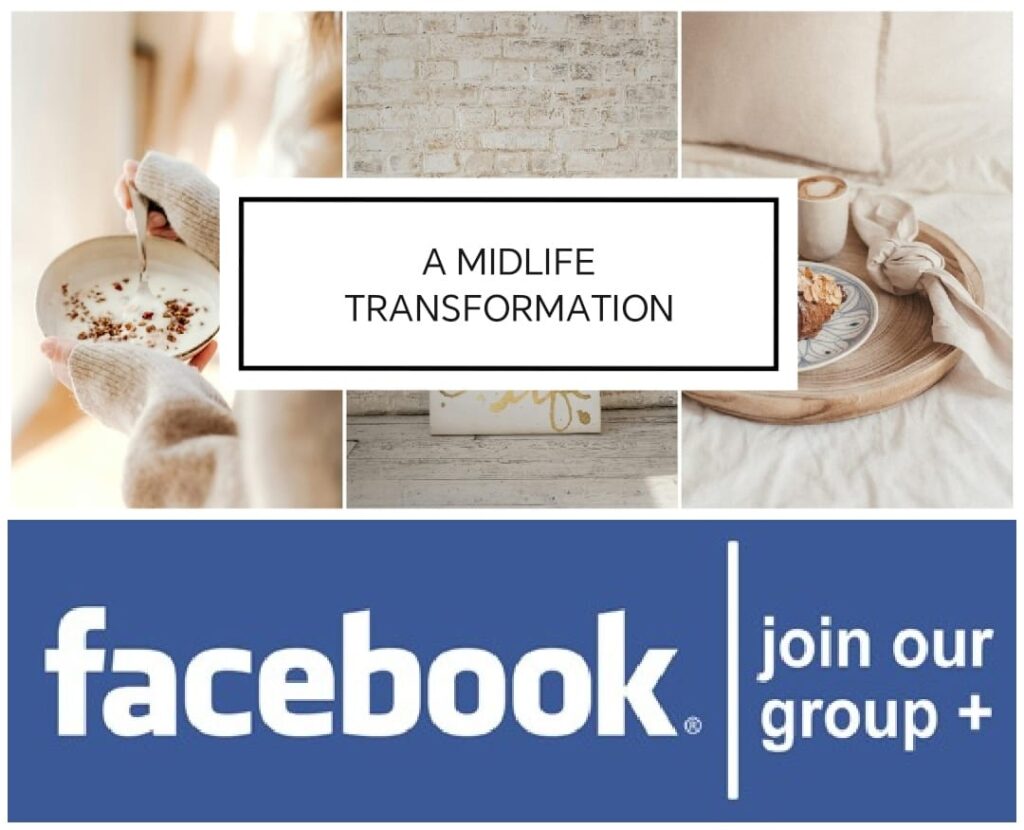
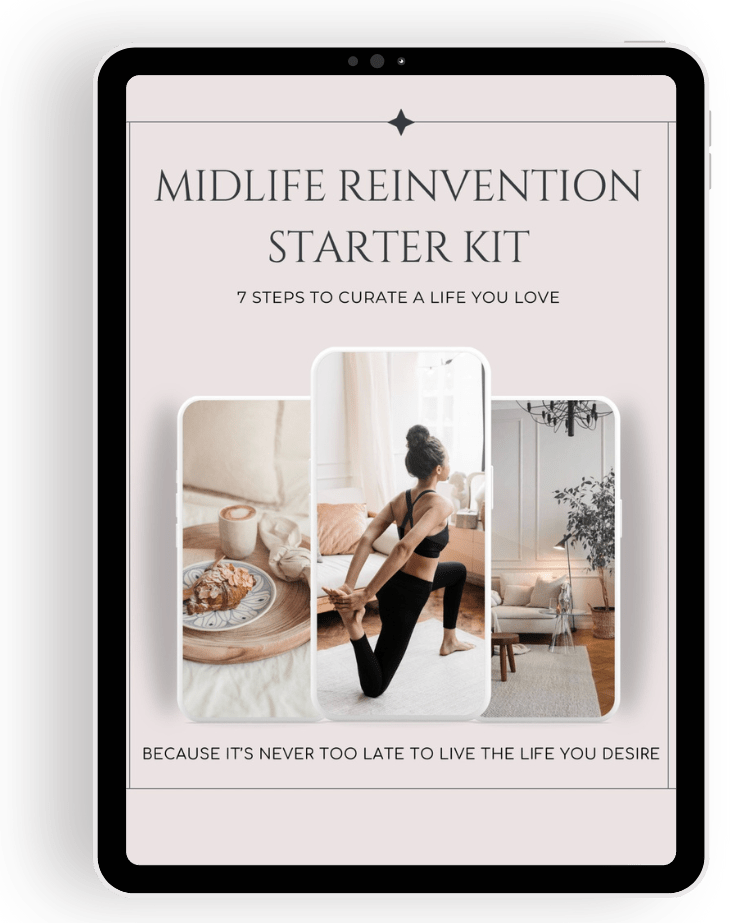
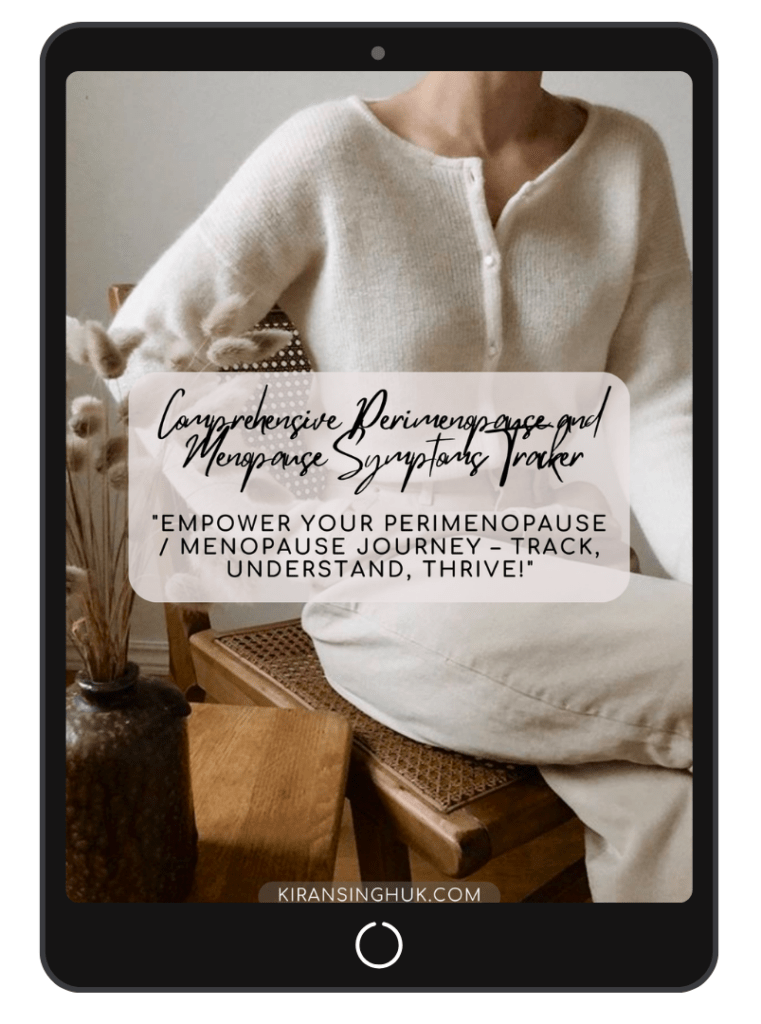
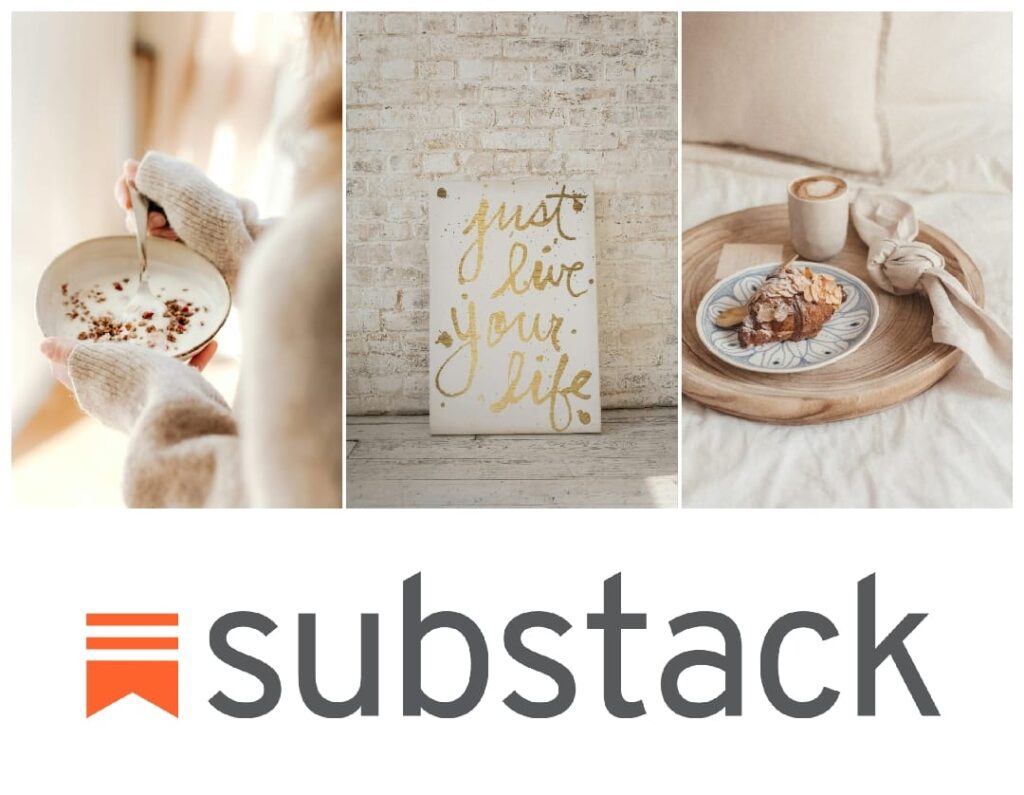
[…] READ MORE: How to Plan a Low Buy No Buy Year […]